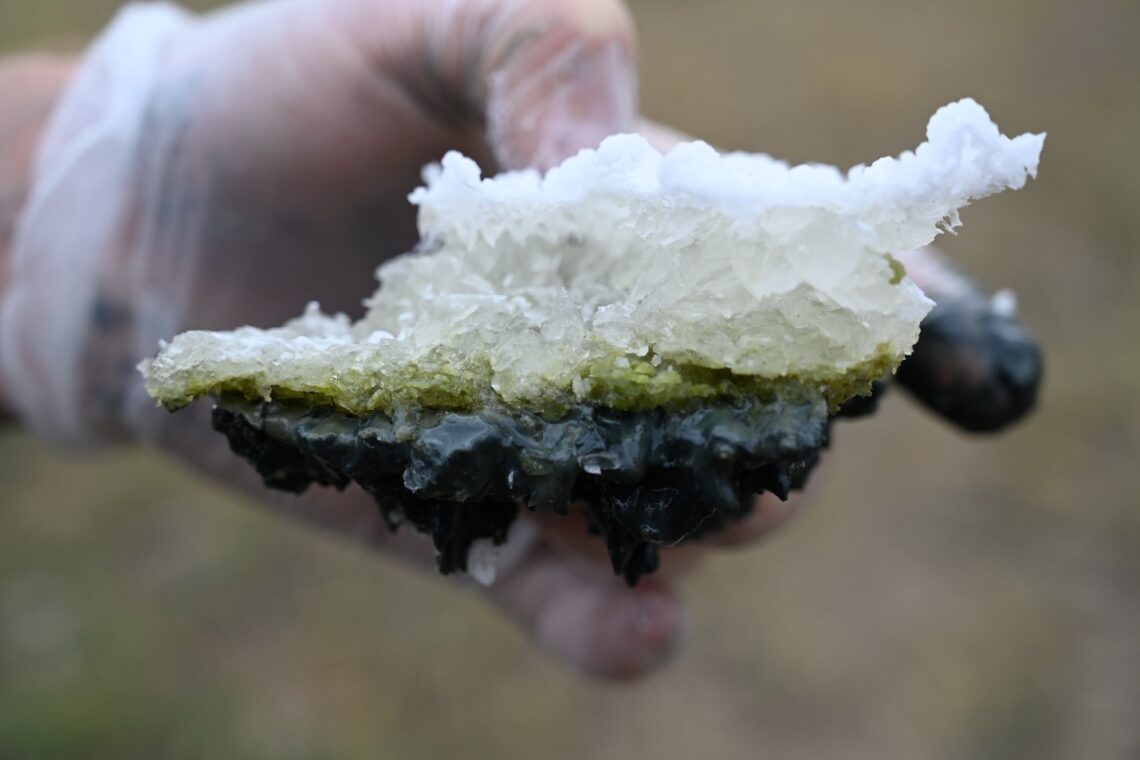A team of researchers from the University of Washington has discovered a shallow lake in western Canada that closely resembles the “warm little ponds” proposed by Darwin as the potential birthplace of life on early Earth. These so-called “soda lakes” contain high levels of dissolved carbonates and sodium, similar to large amounts of baking soda, due to reactions between water and volcanic rocks. The lake’s chemistry and conditions provide a possible environment for the spontaneous creation of complex molecules that could have led to the emergence of life around 4 billion years ago. The findings could offer insight into the emergence of life on Earth and its potential existence on other planets such as Mars and Venus.
Since the 1950s, researchers have been able to produce biological molecules like amino acids and RNA building blocks from inorganic molecules, but a significant challenge has been the next phase of this process. RNA, DNA, and cell membranes require a backbone of naturally occurring phosphates, which poses the “phosphate problem” as concentrations needed for the formation of biomolecules in the lab are much higher than naturally occurring levels. The unique chemistry of soda lakes could provide a solution to this long-standing issue.
Soda lakes, like the one studied in this research, contain high concentrations of phosphates, making them potential hotspots for the emergence of key life molecules. The University of Washington team focused their study on Last Chance Lake, a shallow, murky lake in British Columbia, Canada, which was found to have the highest known phosphate level in the 1990s. This lake’s unique features, including volcanic basalt at its bottom and a dry, windy climate, contributed to concentrated dissolved compounds due to rapid evaporation of incoming water.
The research team extensively examined the lake’s chemistry by collecting samples during different seasons and found that calcium had combined with carbonate and magnesium to form dolomite. Unlike in other lakes, where phosphate usually bonds with calcium to create insoluble calcium phosphate, in Last Chance Lake, calcium is locked up in dolomite, leaving free phosphates available in abundance. This suggests that similar conditions could have existed in water around 4 billion years ago, providing the necessary high concentrations of key ingredients for the chemistry of life’s origin.
The study indicates that soda lakes such as Last Chance Lake could have been potential birthplaces of life on Earth and may have similar conditions on other planets within the solar system and beyond. The team’s findings will be valuable for researchers investigating the origins of life and habitable environments on other planets. The research has been published in the journal Nature Communications Earth & Environment.














